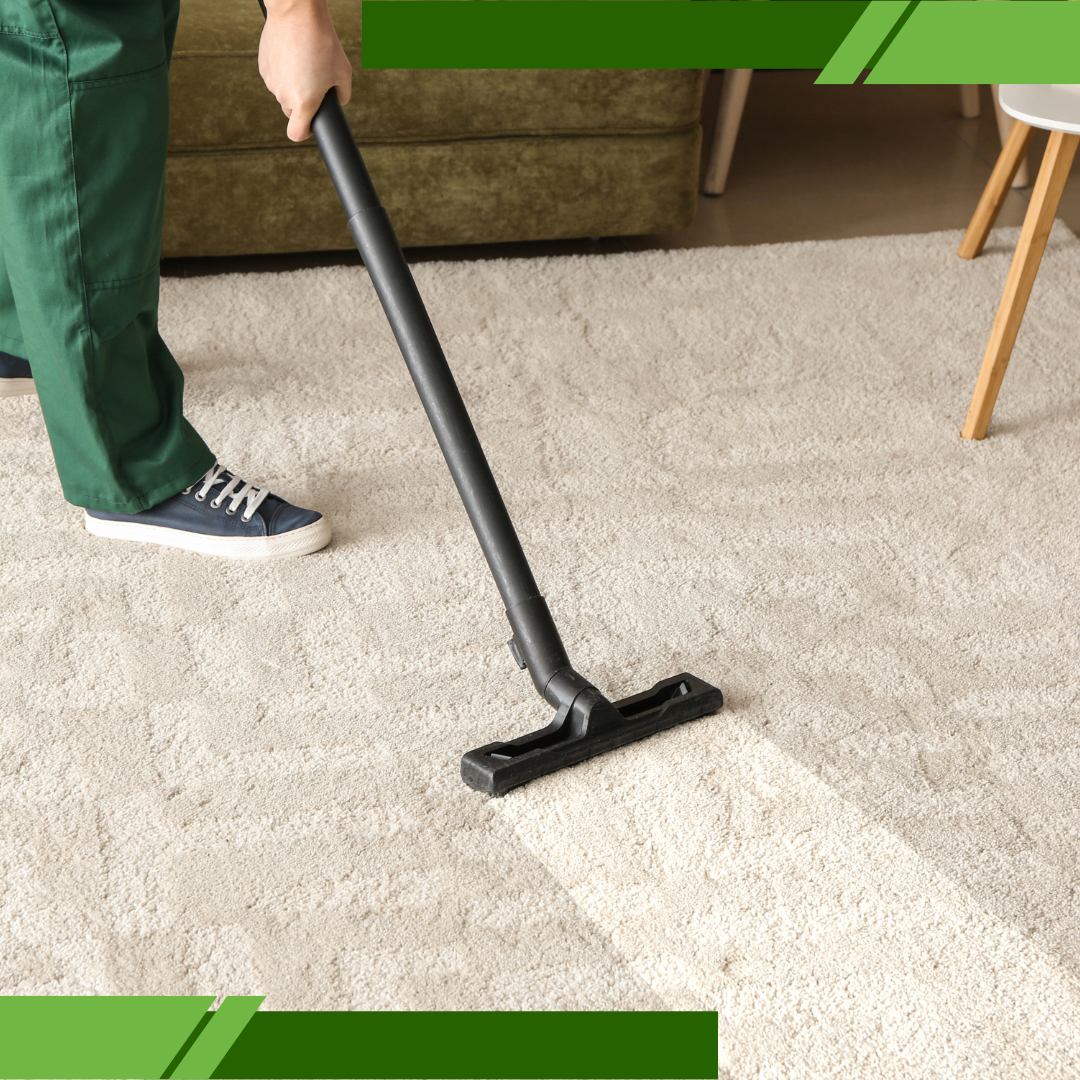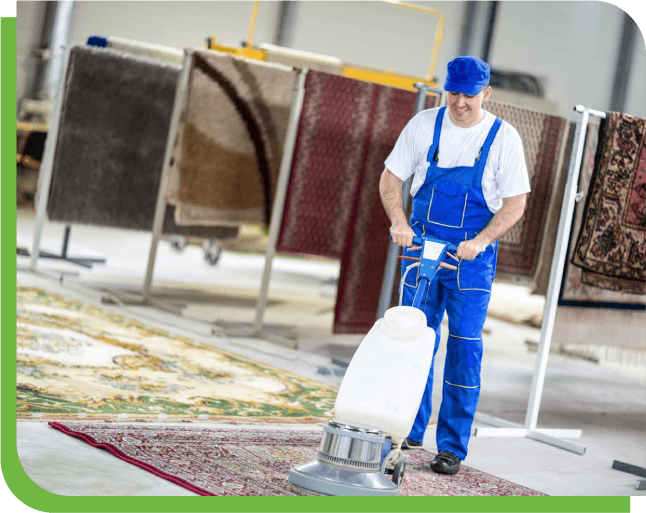Get in touch
Fill this up to proceed

We are committed to providing a world-class carpet, rug, upholstery, drapery or mattress cleaning services that will open your door to a happier and healthier green indoor environment.

If you’re a pet owner, you know how much joy your furry friends bring into your life. But with all that joy comes a hidden threat—pet dander. It’s one of the most common yet overlooked causes of allergies, asthma attacks, and even long-term breathing problems. Many homeowners don’t realize how much pet dander is trapped in their carpets. It settles in the fibers, lingers in the air, and slowly affects your indoor air quality. That’s why understanding the carpet cleaning process for pet dander is essential if you want a real guide to a healthier home.
So let’s get into it. This blog will walk you through how pet dander affects your home, how carpet plays a huge role in trapping it, and what you can do to stop it—effectively and affordably.
Pet dander isn’t just loose fur. It’s made of tiny flakes of skin, saliva, and microscopic proteins that your pets shed every day. These particles are so small they float in the air for hours. Unlike dust, which eventually settles, dander sticks to surfaces like curtains, upholstery, air ducts, and especially carpets.
Your carpet acts like a sponge. Every time your pet walks across it, lays down, or shakes off, more dander seeps into the fibers. Even vacuuming doesn’t always get deep enough. This makes it hard to breathe easier at home, especially if someone in the house has allergies. That’s where a reliable carpet cleaning process becomes a critical part of your guide to a healthier home.
If you live in Redondo Beach, where coastal air brings added humidity and particles, the need for thorough carpet maintenance becomes even greater.
You may not see pet dander, but the symptoms often speak for themselves. These include sneezing, coughing, or itchy eyes that seem to act up only indoors. Asthma flare-ups may happen around pets or in certain rooms. You might notice odors that never seem to disappear or find that dust keeps coming back faster than expected. Frequent colds or respiratory issues can also be tied to the build-up of allergens in your carpet.
While these issues could stem from various sources, they’re often related to the presence of pet dander. The longer you wait between deep cleans, the more these signs build up. All these clues reinforce the importance of following a guide to a healthier home.
Basic vacuuming won’t do the job. A deep clean is the only way to truly eliminate the pet dander hiding in your carpet for months. The most effective methods go beneath the surface, using specialized tools and techniques to lift and remove the allergens rather than spread them.
Hot water extraction, often referred to as steam cleaning, is especially powerful. It applies heat and suction to extract deeply embedded particles. Shampooing is helpful when tackling dander and stains at the same time. Dry carpet cleaning, which uses special compounds and minimal moisture, is excellent for homes needing a quick turnaround. Encapsulation applies a foaming agent that hardens around dirt and dander, allowing for easy removal with regular vacuuming.
Each of these techniques offers something different. However, if you have multiple pets or allergy-prone family members, hot water extraction tends to give you the cleanest and longest-lasting results. That’s a smart choice in any guide to a healthier home.
If you’re feeling overwhelmed by the options or want it done right the first time, it’s a good idea to consult an expert, who specializes in effective, pet-safe methods.

Getting your carpets professionally cleaned is a strong step, but the effort doesn’t stop there. To truly maintain a guide to a healthier home, you need ongoing habits that prevent dander from accumulating again.
Vacuum frequently using a HEPA filter vacuum. Apply baking soda before vacuuming to help absorb odors. Brush and groom your pets outdoors when possible to limit shedding inside. Consider restricting pet access to certain rooms, especially those with thick carpeting. Wash your pet’s bedding and toys often, as these collect dander just like carpet.
Small daily tasks make a big difference too. Run a lint roller over carpets or furniture. Use a damp cloth or rubber gloves to lift up pet hair easily. Before letting pets inside, wipe their paws to reduce what they track in. Briefly opening windows for fresh air can also help move allergens out of the home.
If you’re living near the coast, especially in a place like Redondo Beach, your home likely sees a mix of pet hair, beach sand, and salty air. This makes consistent maintenance even more critical. For local support, Carpet Cleaning Redondo Beach offers reliable and effective solutions for homes with pets and coastal exposure.
The kind of carpet you have makes a surprising difference in how much dander builds up. High-pile carpets, like shag rugs, may be plush and cozy but they trap allergens deeply and are harder to clean. These usually require professional service to truly sanitize. Low-pile carpets, such as Berber, don’t trap as much and are easier to maintain, making them more suitable for allergy-sensitive households.
The material also plays a role. Synthetic fibers like nylon and polyester resist allergen build-up more than natural fibers like wool. While wool offers a luxurious look and feel, it also tends to hold on to pet dander more stubbornly.
If you’re looking to replace your carpet or choose a new one, opting for a synthetic, low-pile variety is a smart investment in your guide to a healthier home.
Sometimes, tackling the problem yourself just isn’t enough. If it’s been over six months since your last deep clean, or you’re noticing strong pet odors, it’s time to act. Matted carpet fibers, dark spots, or worsening allergy symptoms are all signs that your carpet needs expert attention. If you’ve got more than one pet that sheds, these issues become even more frequent.
A professional cleaner brings advanced tools, powerful suction, and eco-friendly detergents that a regular vacuum simply can’t match. Their services help freshen your carpet and improve air quality, adding long-term benefits to your guide to a healthier home.
For residents of Redondo Beach, scheduling professional services becomes especially useful given the extra moisture and allergens present in coastal environments. You’ll notice the difference almost immediately.
Your carpet is one of the most-used surfaces in your home. Kids sit on it, pets sleep on it, and everyone walks across it every day. That’s why regular carpet cleaning is about more than just aesthetics—it’s about your family’s well-being.
Routine cleaning boosts your indoor air quality and reduces allergen exposure. It cuts down on bacteria and viruses hiding in the fibers. A cleaner carpet also makes the space feel more open and welcoming. It even helps your carpet last longer, saving money over time.
When you integrate carpet care into your home upkeep, it supports a guide to a healthier home from the ground up.
Pets are family, and with that joy comes responsibility. Managing pet dander, particularly in carpets, is essential to keeping your home healthy and breathable.
With the right blend of professional services, consistent habits, and informed carpet choices, you can maintain a clean space that works for both pets and people. Start with one change today and keep building. Over time, your home will feel noticeably fresher.
If you’re ready to breathe easier, look into options that help you take the next step toward a cleaner, safer space. A better carpet can be the foundation of your journey toward a guide to a healthier home—especially if you’re a proud pet parent in Redondo Beach.
You should deep-clean your carpets every 3 to 6 months to control pet dander and odors. Regular cleaning keeps your air quality fresh and your home healthier.
Vacuuming helps with surface debris but doesn’t fully remove deep-set dander. A professional cleaning is needed to eliminate what’s trapped in the carpet fibers.
Use a HEPA vacuum, groom pets regularly, and wash their bedding weekly. These habits keep allergens low and support a healthier home.
Yes, deep cleaning removes dander, fur, and pet-related oils that cause lingering smells. It leaves your carpet fresher and more comfortable for everyone.
Absolutely—many services use pet-friendly, non-toxic cleaning products. Just keep pets off the carpet until it’s completely dry.

We are committed to providing a world-class carpet, rug, upholstery, drapery or mattress cleaning services that will open your door to a happier and healthier green indoor environment.
We are committed to providing a world-class carpet, rug, upholstery, drapery or mattress cleaning services that will open your door to a happier and healthier green indoor environment.